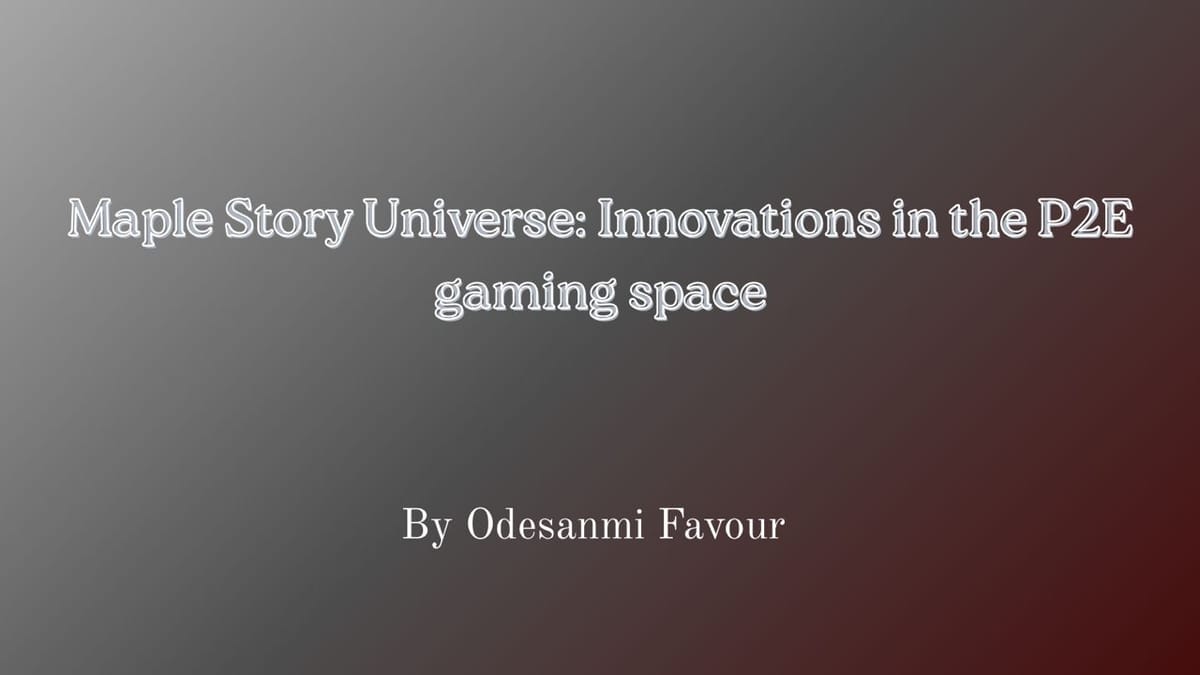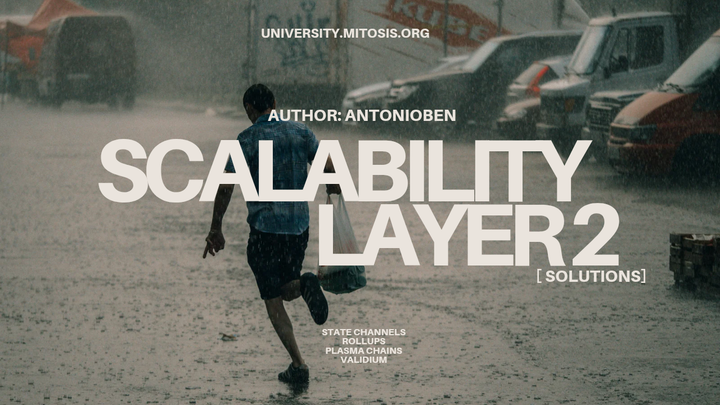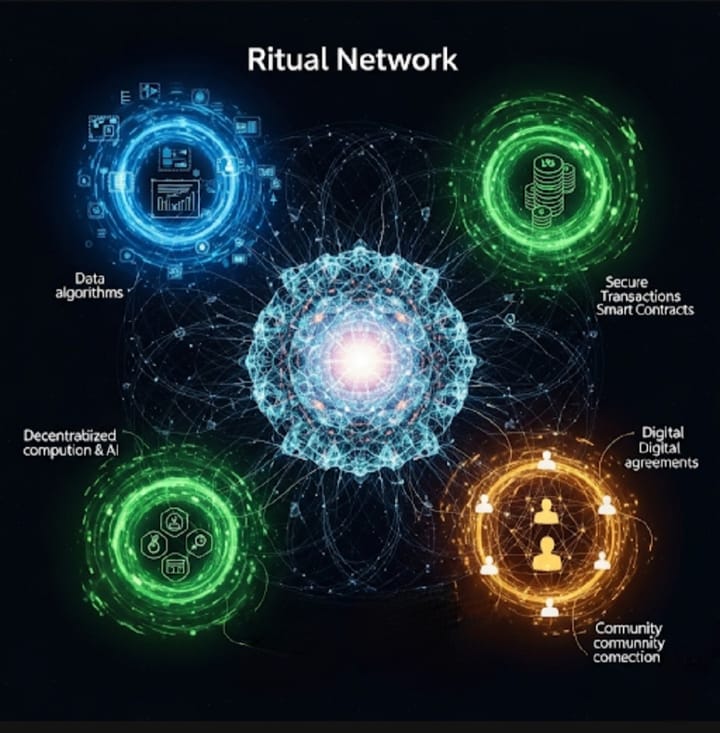MapleStory Universe: Innovations in the Play-to-Earn Gaming Space

Introduction
MapleStory Universe, a Web3 expansion of Nexon’s iconic 2D side-scrolling MMORPG, is redefining the play-to-earn (P2E) gaming landscape by integrating blockchain technology, non-fungible tokens (NFTs), and a player-driven economy. With over 250 million registered users and $5 billion in lifetime revenue, the MapleStory franchise is leveraging its 22-year legacy to create a dynamic virtual ecosystem that blends nostalgic gameplay with cutting-edge decentralized mechanics. Through its flagship title, MapleStory N, and a suite of synergistic applications, MapleStory Universe is setting a new standard for P2E gaming.
In this article, we would explore:
1. NFT-Driven Ownership and Cross-Platform Asset Utility
2. Dynamic Economic Systems for a Sustainable Player-Driven Market
3. Community-Centric Creation and Decentralized App Integration
NFT-Driven Ownership and Cross-Platform Asset Utility
MapleStory Universe introduces a groundbreaking approach to P2E gaming by making all in-game items NFTs, granting players true digital ownership and the ability to trade assets within a secure, blockchain-powered marketplace. Unlike traditional MMORPGs, where items are locked to a game’s servers, MapleStory Universe’s NFTs can be transferred, sold, or used across multiple games and applications within its ecosystem, including MapleStory N, MapleStory N Mobile, and MapleStory N Worlds. This cross-platform utility enhances the value of in-game assets, turning player progress into tangible, tradable rewards.
The ecosystem is built on an Avalanche Layer-1 blockchain, tailored by AvaCloud for high throughput and low latency, ensuring seamless transactions and gameplay. By integrating NFTs, MapleStory Universe addresses a common issue in traditional games: item devaluation due to unlimited supply. In MapleStory N, items are generated in limited quantities per server, with a predetermined total supply for each item type, creating scarcity and preserving value over time. Players earn these NFTs through gameplay—such as defeating monsters or completing quests—without relying on cash shops, making the P2E model accessible to all.
For Example: Imagine you’re playing MapleStory N and defeat a high-level boss, earning a rare sword NFT. This sword isn’t just a powerful in-game weapon; it’s a tradable asset on the MapleStory Universe Marketplace. You could sell it for $NXPC, the ecosystem’s utility token, or transfer it to MapleStory N Mobile to equip it on your mobile character. Alternatively, you might use it in MapleStory N Worlds, a sandbox platform where you create custom minigames, incorporating the sword as a reward for other players. This interoperability transforms in-game effort into a versatile digital asset, a hallmark of MapleStory Universe’s P2E innovation.
This approach contrasts with earlier P2E games like Axie Infinity, where earning potential often required upfront investment in NFTs. MapleStory Universe lowers barriers by allowing players to earn NFTs through gameplay, aligning with Nexon’s vision of a “reward experience” (RX) that prioritizes fun and engagement over paywalls. The OpenSea Primary Drop Campaign in May 2024, which allowed players to mint exclusive NFTs, further showcased this commitment to community-driven ownership, fostering a creator economy where players and developers build on the MapleStory IP.
Dynamic Economic Systems for a Sustainable Player-Driven Market
MapleStory Universe is revolutionizing P2E gaming with a sophisticated economic model designed to prevent inflation and encourage organic market participation. Central to this is the $NXPC token, which powers transactions and facilitates two innovative features: NXPC Fission and NFT Fusion. Additionally, systems like Dynamic Rewards and Dynamic Pricing ensure that item supply and value are regulated by player activity, creating a self-sustaining economy.
- NXPC Fission: This is a burn mechanism where players spend $NXPC tokens to receive an “NFT basket” containing a randomized set of game items. It’s the primary method for issuing new items, even for developers, ensuring that item creation is tied to token circulation. By burning $NXPC, Fission reduces token supply, counteracting inflationary pressures common in P2E economies.
- NFT Fusion: Players can combine multiple NFTs to create higher-value items, further integrating $NXPC into the ecosystem. This mechanic encourages players to strategize about which assets to hold, trade, or upgrade, deepening engagement.
- Dynamic Rewards: Unlike traditional games with fixed drop rates, MapleStory N limits item drops per cycle (e.g., daily or weekly). For instance, if a field has 1,000 swords available in a cycle, no more drop until the next cycle, incentivizing diverse farming strategies and preventing oversupply.
- Dynamic Pricing: Item values in the marketplace adjust based on real-time supply and demand, stabilizing prices organically. This contrasts with static pricing models that often lead to market manipulation or crashes in other P2E games.
For Example: Suppose you’re a MapleStory N player aiming to acquire a legendary armor NFT. You notice that only 500 armors are available in the current cycle’s Dynamic Rewards pool. To increase your chances, you farm specific bosses before the supply runs out. Alternatively, you burn $NXPC through Fission to receive an NFT basket, which might contain the armor or other tradable items. If you already own two lower-tier armor NFTs, you could use NFT Fusion, spending additional $NXPC to combine them into the legendary armor. Later, you check the MSU Marketplace and see the armor’s price has risen due to high demand, as tracked by Dynamic Pricing. You decide to sell it, earning $NXPC to reinvest in other items or hold as a speculative asset. This interconnected system empowers players to shape the economy while maintaining balance.
By anchoring these mechanics on Avalanche’s secure, gasless blockchain, MapleStory Universe ensures low transaction costs and scalability, addressing a key pain point in Ethereum-based P2E games where high gas fees often deter casual players. The $100 million investment from Nexon in 2024 underscores the commitment to building a robust, long-term economic framework.
Community-Centric Creation and Decentralized App Integration
MapleStory Universe goes beyond traditional P2E models by fostering a participatory ecosystem where players and creators contribute to the game’s evolution. Through MapleStory N Worlds and the MapleStory N SDK, users can develop custom games, minigames, and decentralized applications (DApps) that integrate with the broader ecosystem. This community-driven approach, combined with Synergy Apps like the MSU Marketplace and Navigator, empowers players to shape the MapleStory Universe while earning rewards for their creativity.
- MapleStory N Worlds: A sandbox platform where players create blockchain-based games using MapleStory assets, including NFTs earned in MapleStory N. This is akin to Roblox or Minecraft but with Web3 ownership, allowing creators to monetize their content through NFT sales or $NXPC rewards.
- MapleStory N SDK: A toolkit for developers to build DApps that extend the ecosystem’s functionality. These could range from utility apps (e.g., a scheduling tool with MapleStory characters) to innovative gameplay enhancements, all leveraging NFTs for interoperability.
- Synergy Apps: DApps like the MSU Marketplace enable trading of characters, equipment, and consumables with advanced filtering (e.g., by level or enhancements). The Navigator app helps players discover item properties and track ecosystem assets, enhancing user experience.
This focus on co-creation aligns with MapleStory Universe’s “participate-to-own” philosophy, where players are stakeholders in a digital economy that spans multiple IPs. By allowing external NFTs to be integrated in the future, the ecosystem encourages collaboration with other Web3 projects, creating a borderless virtual world.
For Example: Let’s say you’re a content creator in MapleStory N Worlds. You design a dungeon minigame where players battle a unique boss to earn a custom NFT you crafted. Using the MapleStory N SDK, you integrate a feature where players can stake $NXPC to access premium rewards in your dungeon. You publish the minigame on MapleStory N Worlds, and players across MapleStory N and N Mobile join, trading your NFT on the MSU Marketplace. The Navigator app helps them find your minigame by highlighting its unique rewards. As your creation gains popularity, you earn $NXPC from Nexon’s creator reward system, which you use to mint new NFTs or trade for other assets. This cycle of creation, play, and reward exemplifies MapleStory Universe’s community-driven innovation.
The ecosystem’s emphasis on user-generated content builds on MapleStory’s community legacy while introducing Web3 incentives. Unlike earlier P2E games that prioritized speculative tokenomics over gameplay, MapleStory Universe balances nostalgia with innovation, ensuring that rewards enhance rather than overshadow the core MMORPG experience.
Conclusion
MapleStory Universe is a trailblazer in the P2E gaming space, merging the beloved MapleStory IP with Web3 technologies to create a player-centric, sustainable ecosystem. Its NFT-driven ownership model empowers players to own and trade assets across platforms, while dynamic economic systems like NXPC Fission and Dynamic Rewards ensure a balanced, community-driven market. By fostering creativity through MapleStory N Worlds and the N SDK, Nexon is building a participatory digital society where players, creators, and developers shape the future together.
Backed by Avalanche’s robust infrastructure and a $100 million investment, MapleStory Universe is poised to onboard millions of Web2 gamers into Web3, proving that P2E can enhance rather than replace the joy of gaming. As the ecosystem expands with new IPs and Synergy Apps, it sets a benchmark for how blockchain can elevate MMORPGs, creating not just a game but a thriving virtual economy where every player has a stake. Whether you’re a MapleStory veteran or a Web3 newcomer, MapleStory Universe offers a compelling vision of gaming’s decentralized future.



Comments ()